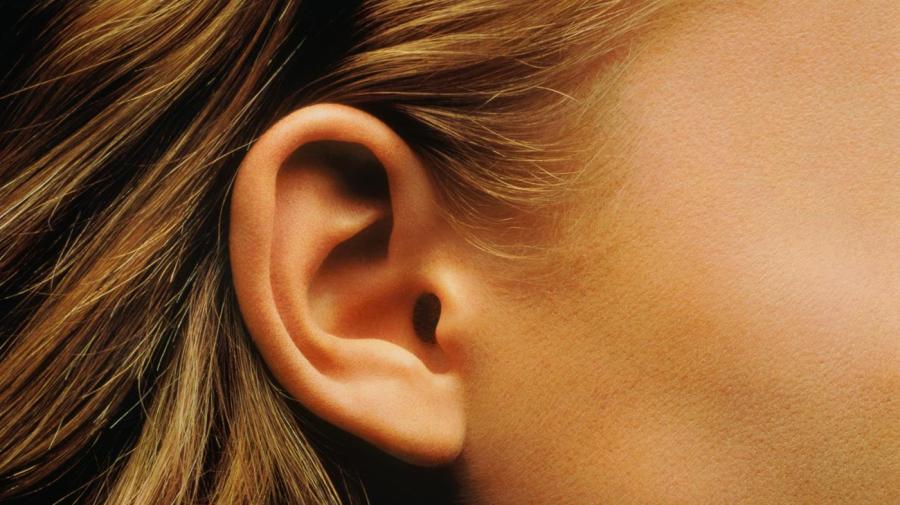What Is the Function of the Cochlea?

The cochlea is the auditory center of the inner ear, a fluid-filled organ that translates the vibrations of auditory sound into impulses the brain can understand. This occurs at the organ of Corti, a structure consisting of tiny hairs throughout the cochlea that vibrate and send electrical signals through the nervous system.
When sound waves enter the ear, they first encounter the eardrum. The vibrations transfer their energy to the eardrum, which vibrates in response. The motion is translated through a series of tiny bones inside the ear to the cochlea. Since the eardrum is much bigger than this organ, the vibrations are more powerful, allowing them to pass through the fluid inside the auditory center. These waves set the hairs of the organ of Corti moving, and the impulses they create travel to the auditory center of the brain.
Tinnitus occurs when the hairs of the organ of Corti set up a sort of feedback loop. When noises are extremely faint, these hairs sometimes amplify the noise with a burst of vibration in order to improve hearing. Sometimes, this causes all the hairs to begin to vibrate, creating the sensation of a ringing noise. Under normal circumstances, the brain is able to shut this process off after 10 or 15 seconds, but in chronic tinnitus, it may become a recurring problem.





